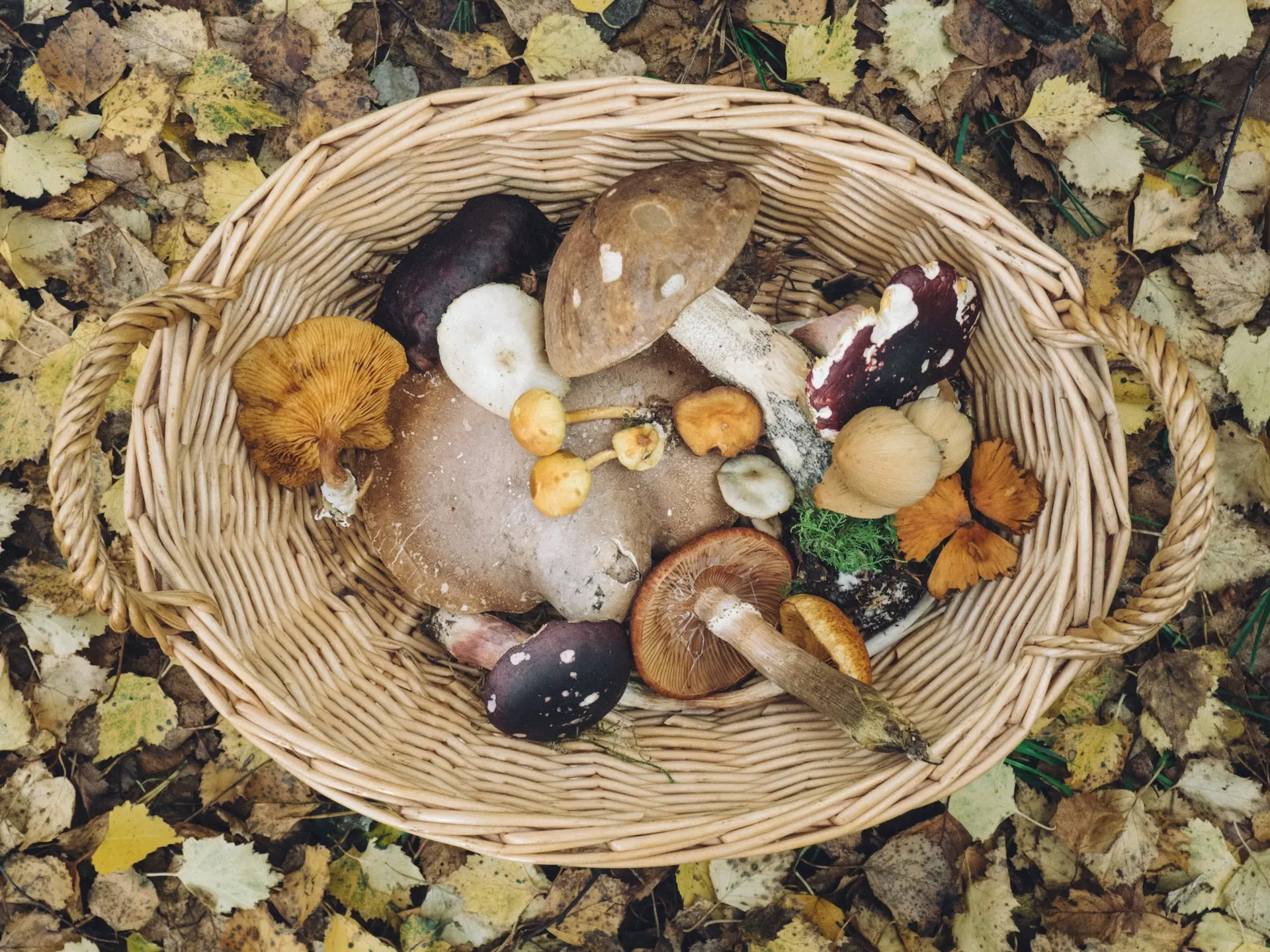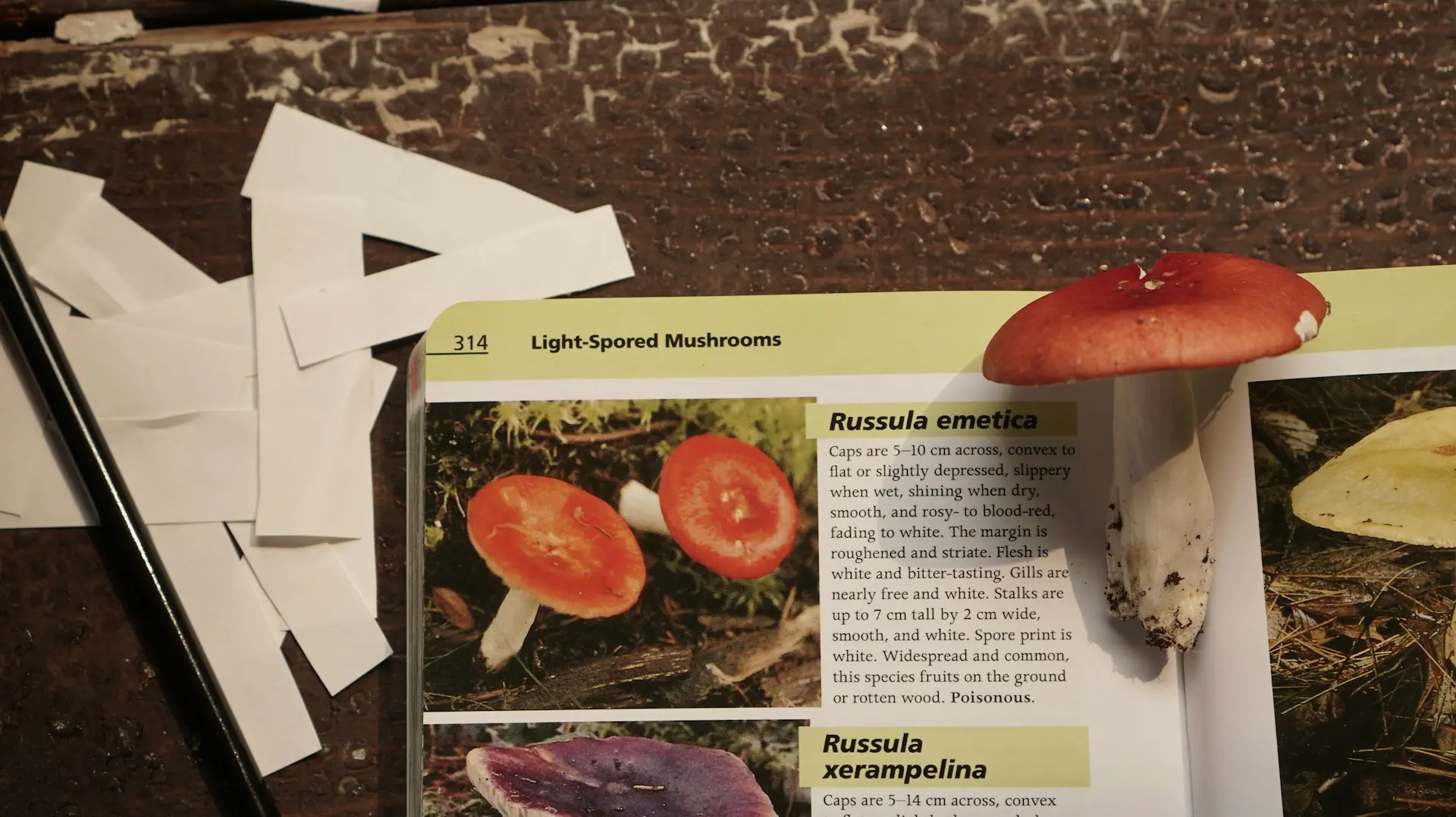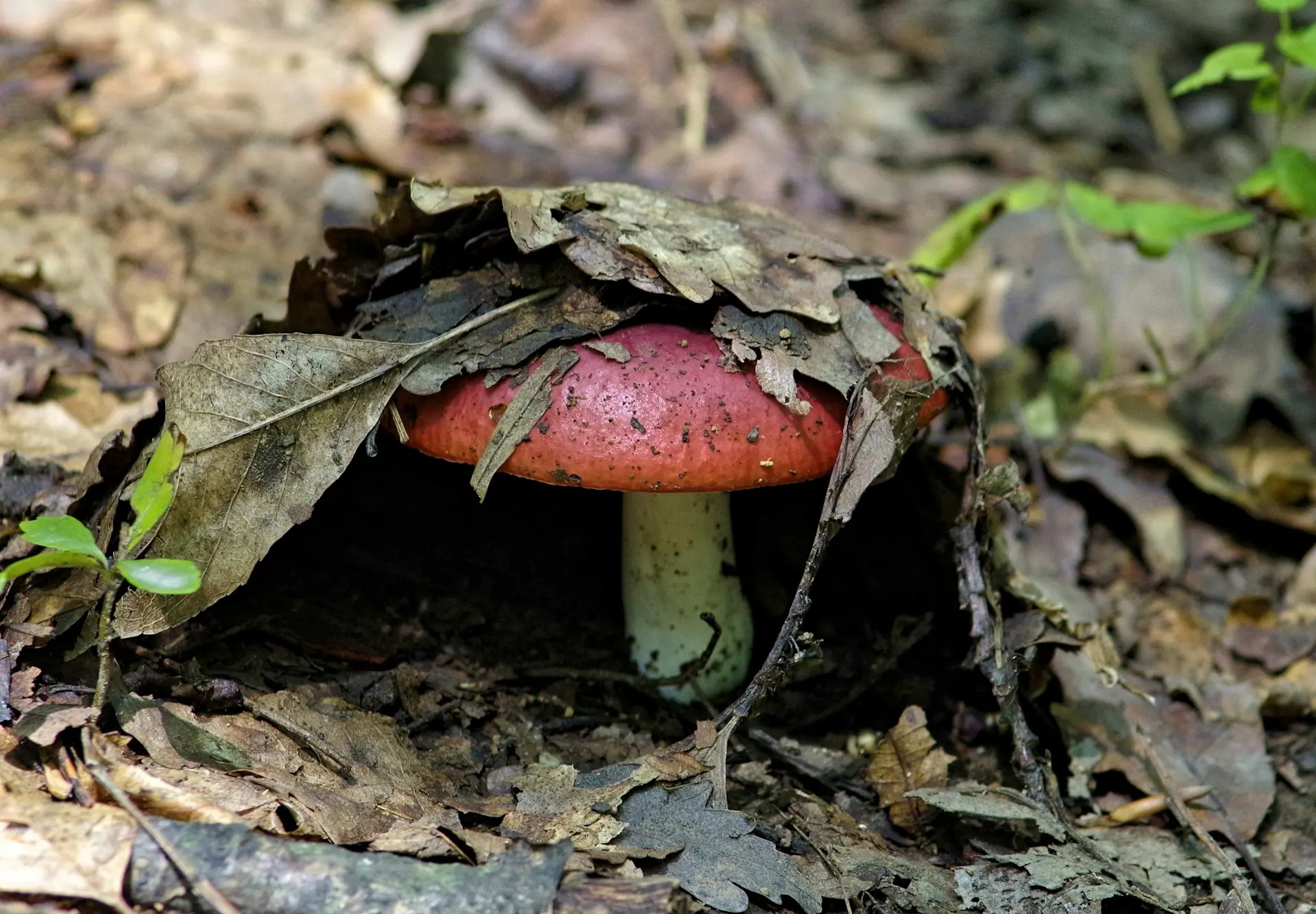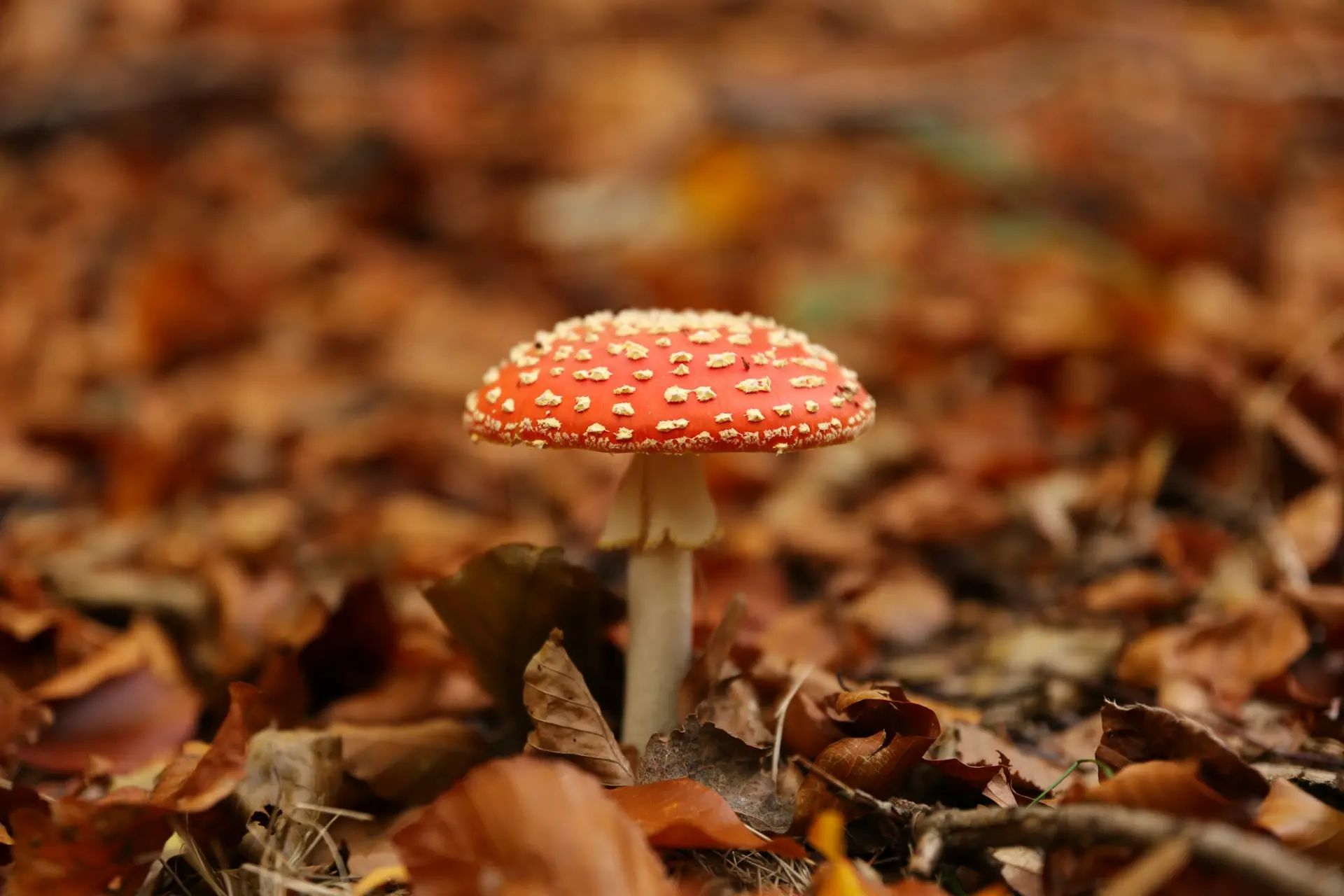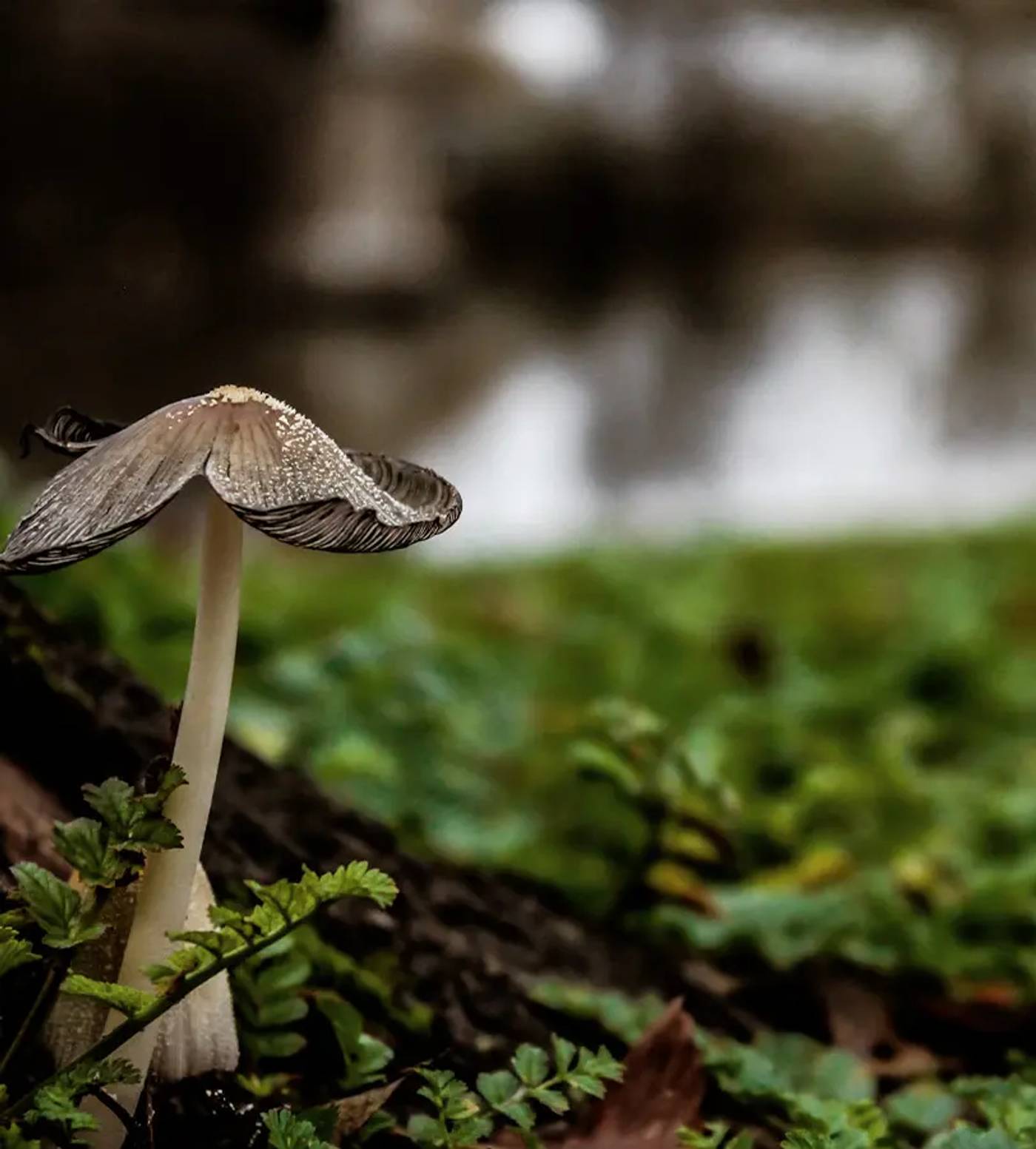
Where to look
Different species grow in different types of environments.
Forests are always a good starting place, though, with a wide range of species that grow in them.
If you are after something specific, you can use our reference guide below to help you out.
